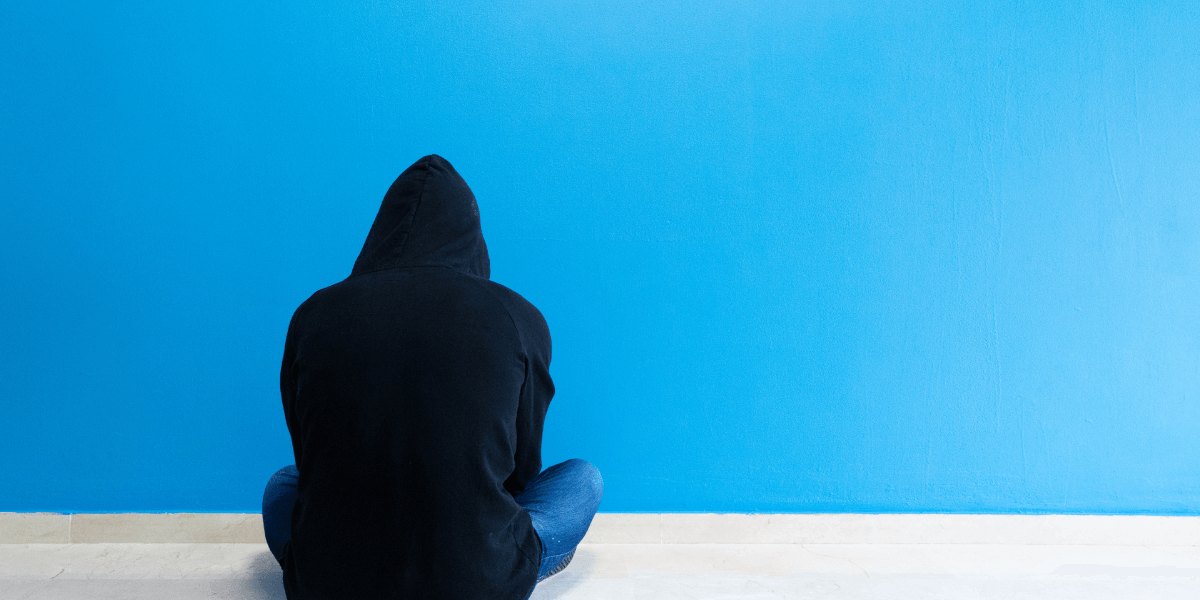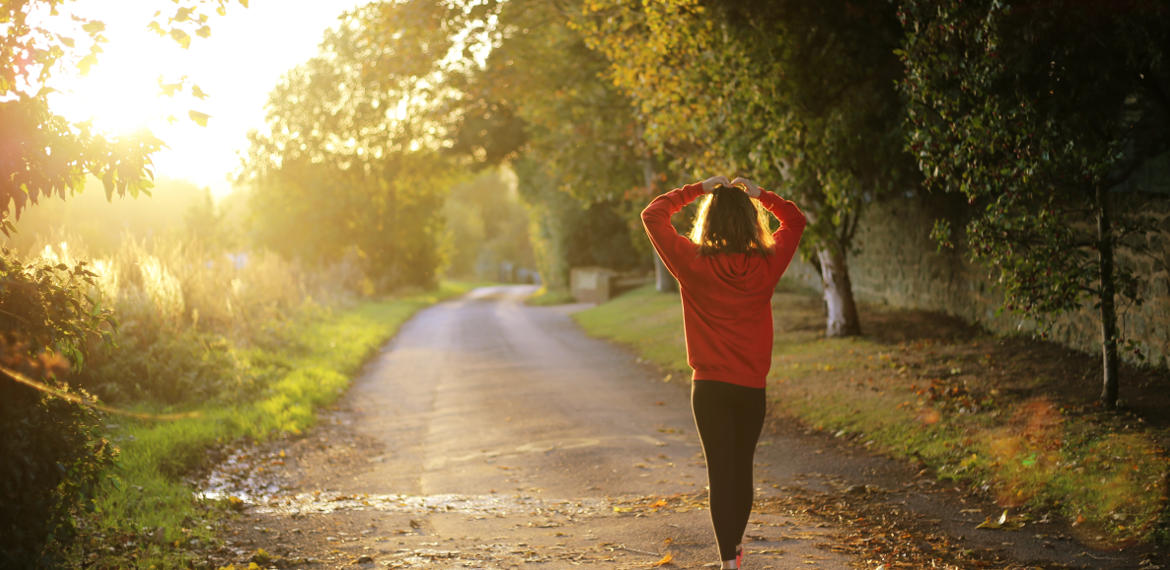
Managing Anxiety with Movement
Have you ever found yourself feeling restless or on edge? Perhaps you’re feeling impatient, having trouble concentrating, or can’t sit still. Maybe you even feel physically tired but your mind won’t stop racing. How uncomfortable! These feelings can be symptoms of anxiety. When anxiety comes up, it can be hard to manage, but there are activities we can do to help ourselves cope with it. One of the best things we can do is: move our bodies.
What Makes Movement Helpful?
When you exercise, your heart rate increases and produces important anti-anxiety chemicals in your brain. Moving your body also provides a distraction from whatever anxious thoughts or feelings might be on your mind. If you exercise outside, it can also help you to feel more grounded and connected to nature. Moving your body decreases overall muscle tension too, which can help you feel physically more relaxed.
6 Tips for Moving Your Body
1. Start small and simple:
Try a 5 minute walk around the block before jumping to running a 5k. Setting realistic goals will boost your confidence as you incorporate movement. Don’t over-complicate it!
2. Take advantage of transitions:
Have you ever been on the couch and wanted to move but you feel like you can’t? It is often easiest to shift into an activity at a point of transition rather than when you are already settled. This could be before or after a meal, when you get home from work, or at a set time of day. Try to find a transition that makes sense for you.
3. Monitor your motivation:
This is not about looking physically smaller or larger. Moving your body is important for your physical and mental health, regardless of what you weigh. As you engage in movement, focus on how brave it is for you to try something new and celebrate yourself for taking care of you.
4. Don’t always wait until you feel anxious (make it a habit!):
Moving to manage your feelings when you are anxious is great, but incorporating movement on a regular basis is even more helpful. Exercising consistently can increase your ability to tackle tough emotions and regulate your overall system.
5. Find what works for you:
Every person is different and will need to engage with movement in a unique way. If running makes you feel more anxious, don’t run. Instead, maybe try something like yoga. Maybe you have some physical limitations with movement. Make any accommodation you need to be comfortable as you move. There is no “perfect” way to start moving.
6. Check-in with yourself:
Before and after moving your body, check-in with yourself. Do you feel less restless or on edge after you are done? Pausing to evaluate what is going on for you internally will help you figure out what type of movement helps you manage your anxiety the most.
If you would like additional ideas for managing anxiety, our team is here to support you! Contact us to schedule an appointment.
References:

About Sarah Hendrick (Hiemstra)
Sarah Hendrick (Hiemstra), LLMSW, holds Bachelor's degrees in Business, and Counseling Psychology, as well as a Master of Social Work. She specializes in treating anxiety, OCD, depression, and women’s issues, using an eclectic approach including cognitive behavioral therapy, mindfulness, and a person-centered perspective.
Meet Me



